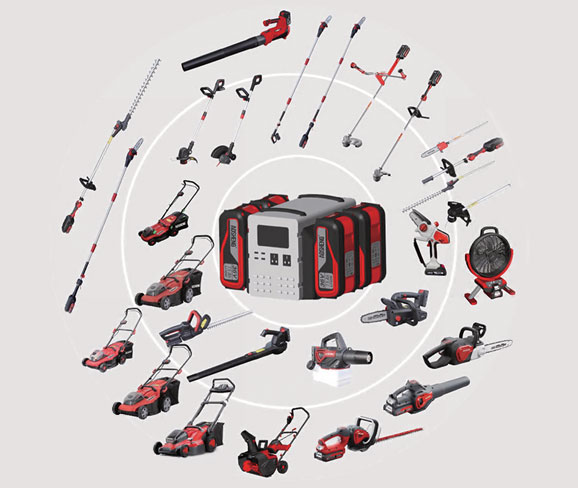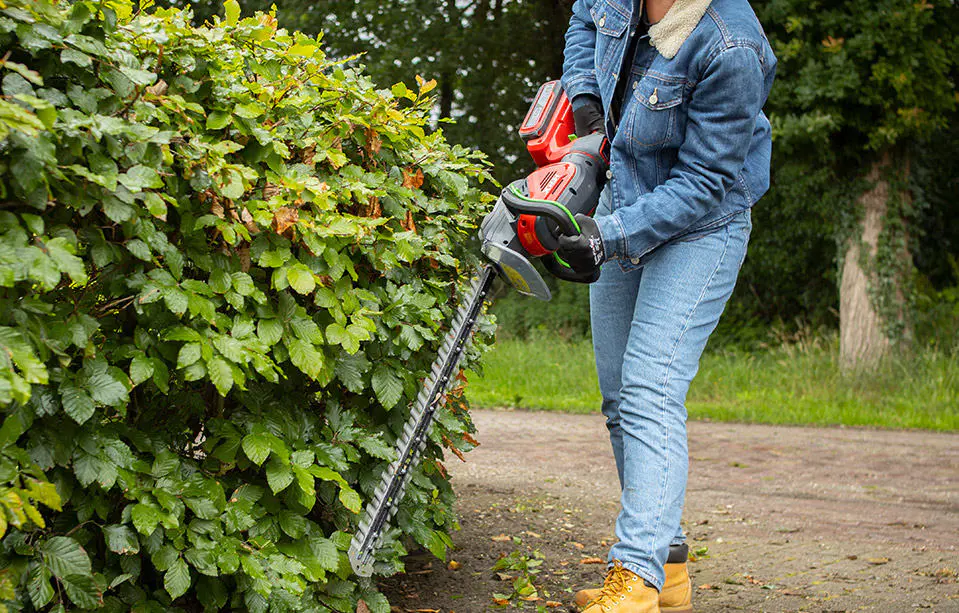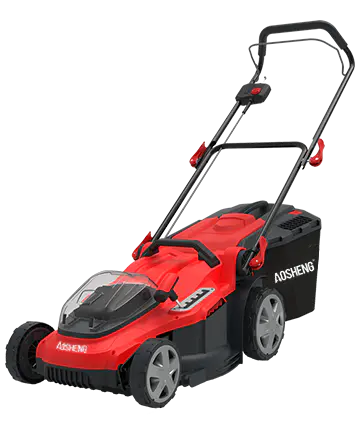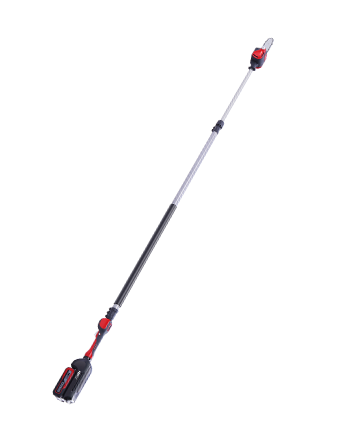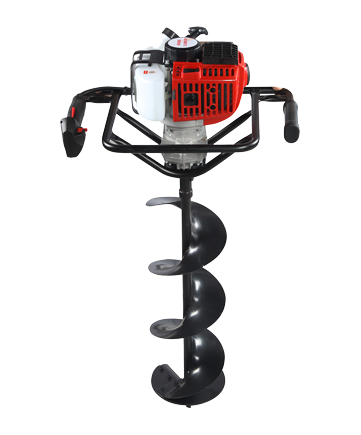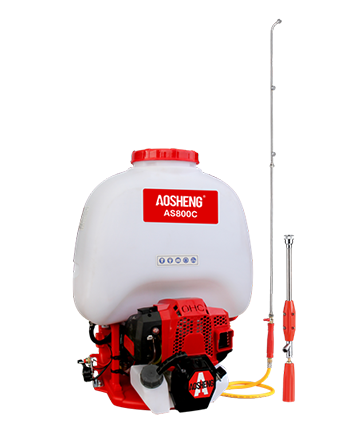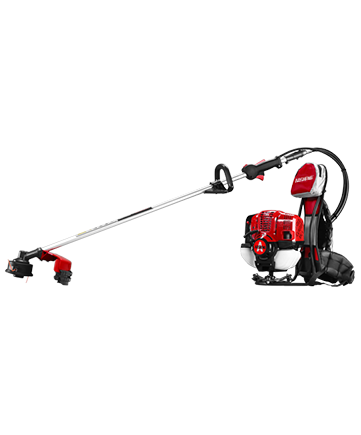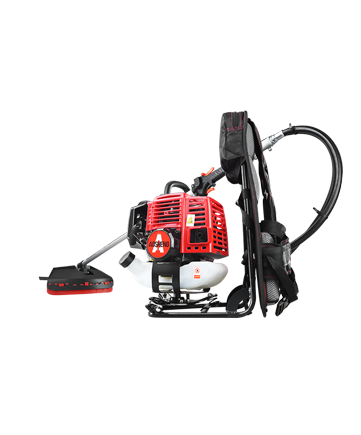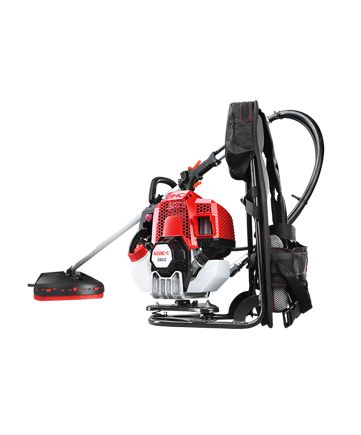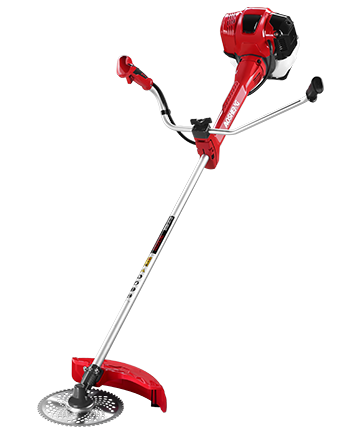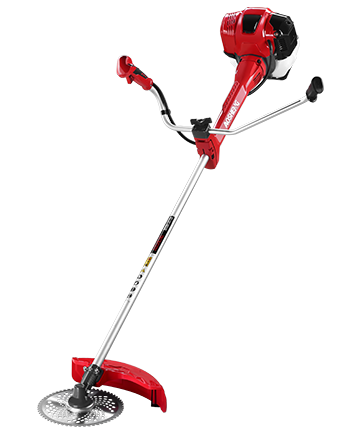Before homework
1. Regardless of whether it is a side-mounted lawn mower or a backpack-type lawn mower, before operation, please connect all parts firmly according to the instructions of the operation manual, especially the work blade reverse screw nut, which must be tightened.
2. Check whether the fuel is sufficient and fill it accurately. Fill the two-stroke lawn mower with mixed oil, 93# gasoline and two-stroke engine oil at a ratio of 25:1, and fill the four-stroke lawn mower with 93# in the fuel tank. Pure gasoline, the oil tank is filled with four-stroke engine oil, and special engine oil for lawn mowers is used.
3. Start the gasoline engine and run it at low speed or idling speed for 3-5 minutes to allow the gasoline engine to fully warm up before operation to better protect the gasoline engine.
4. Before operation, adjust the length of the straps according to their own characteristics. The lawn mower should be located on the right side of the operator, and the operator should stand up straight. . The operating lever is tilted forward, the blade and the ground are basically kept parallel, and the distance is about 3-5 cm, which helps the operator to maintain balance and effectively control the operation.
1. When mowing with a mowing head, ensure that the nylon rope of the mowing head extends 5-10 cm outside the mowing wheel. If it is too long, the service life of the gasoline engine will be affected due to the heavy load and the grass guard will be damaged; if Too short will reduce operating efficiency.
2. Use blades to cut grass. Do not extend the entire blade into the grass. For general lawns, you can extend into 1/2 of the blade diameter. For grass with hard stems, extend into 1/3 of the blade diameter.
3. Cutting shrubs with a blade. Generally, shrubs should be cut along the periphery of the shrubs in the same horizontal plane. When cutting thicker shrubs, you should first cut a hole in the direction where the shrub fell. The depth of the hole is about 1/3 of the diameter of the shrub. , And then cut off the bush from the other side of the bush. This cutting not only ensures that the blade will not be clamped during the cutting process, but also can control the direction in which the bushes fall.
1. Wear tight-fitting long-sleeved tops and trousers. To avoid danger, do not wear short-sleeved, skirts and work coats for work.
2. Wear working gloves when working.
3. Wear a safety helmet when working
4. In order to prevent accidents caused by slipping during work, you must wear non-slip work shoes.
5. In order to protect eyes, wear protective glasses during operation.
6. The brush cutter is accompanied by strong noise when it is working. In order to protect the eardrum of the operator, use protective equipment such as earplugs.
7. Do not wear scarves, ties, jewelry, and long hair should be tied up and protected to prevent being entangled by small trees.

 English
English Español
Español
